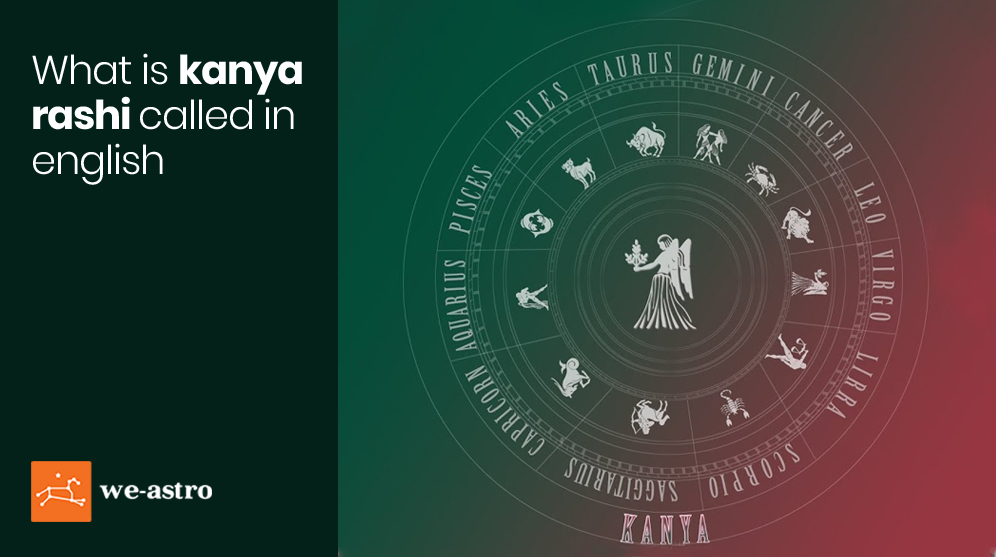"Embracing Divine Visages: A Journey Through Kolaramma Goddess Illustrations"
"Explore a divine collection of Kolaramma Goddess images, a revered deity in Hinduism, revered for her powers and grace in various artistic forms."

The divine imagery of Kolaramma, a revered goddess in Hinduism, carries a profound spiritual resonance that echoes the power and strength of the feminine divine. Known to be a manifestation of Goddess Parvathi and Goddess Durga, her visual representations are rich with symbolic elements that reflect key aspects of Hindu philosophy.
Typically, images of Kolaramma depict her in a powerful stance, often riding a lion or a tiger, symbolising power and fearlessness. She is portrayed with four arms, and holds in her hands a trident and a drum, both of which signify her connection to Shiva, another powerful deity in the Hindu pantheon. In her other hands, she holds a sword and a bowl, symbolising her roles as both a protector and a nurturer. Her fiery aura is counterbalanced by her serene gaze, which radiates motherly love and compassion, emphasizing her dual role as a fierce warrior and a benevolent mother.
The visual depiction of Kolaramma is not just about aesthetics. The images embody a deep spiritual symbolism that offers insight into the philosophy of Hinduism. Each symbol, from the weapons she holds to the mount she rides, represents a particular aspect of life and the universe according to Hindu beliefs. For instance, the lion or tiger she rides upon is a symbol of her mastery over power and courage. The trident represents the three gunas or attributes that define all human experience according to Hindu philosophy - Sattva (goodness, constructive, harmonious), Rajas (passion, active, confused), and Tamas (darkness, destructive, chaotic).
In conclusion, the images of Goddess Kolaramma offer a profound exploration of Hinduism, its beliefs, and its philosophy. The goddess's visual representation serves as a tangible link to the divine, a means to understand and connect with the profound wisdom and spiritual richness of Hinduism. It is more than just an image; it is a window into the soul of a deeply spiritual and philosophical tradition.




